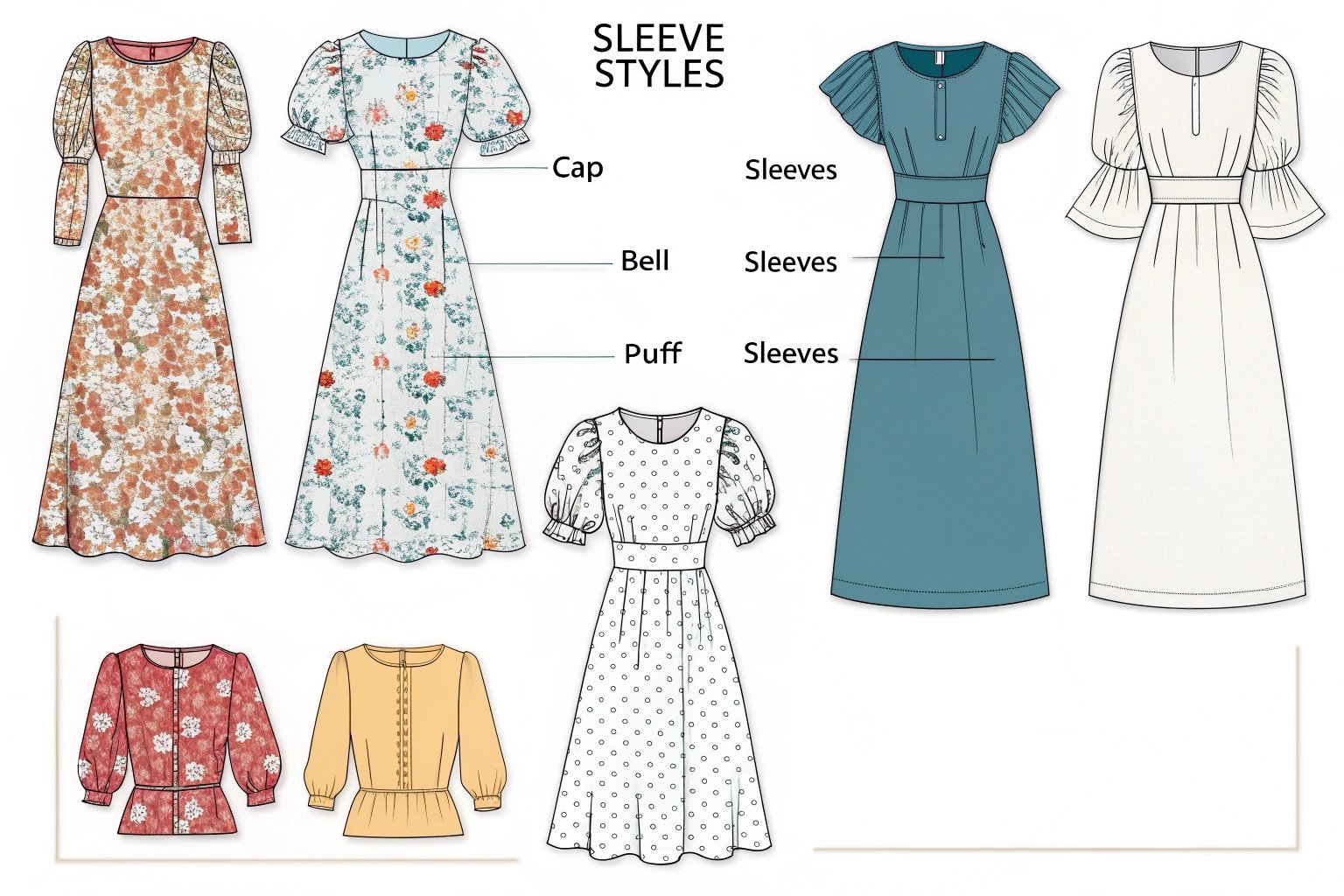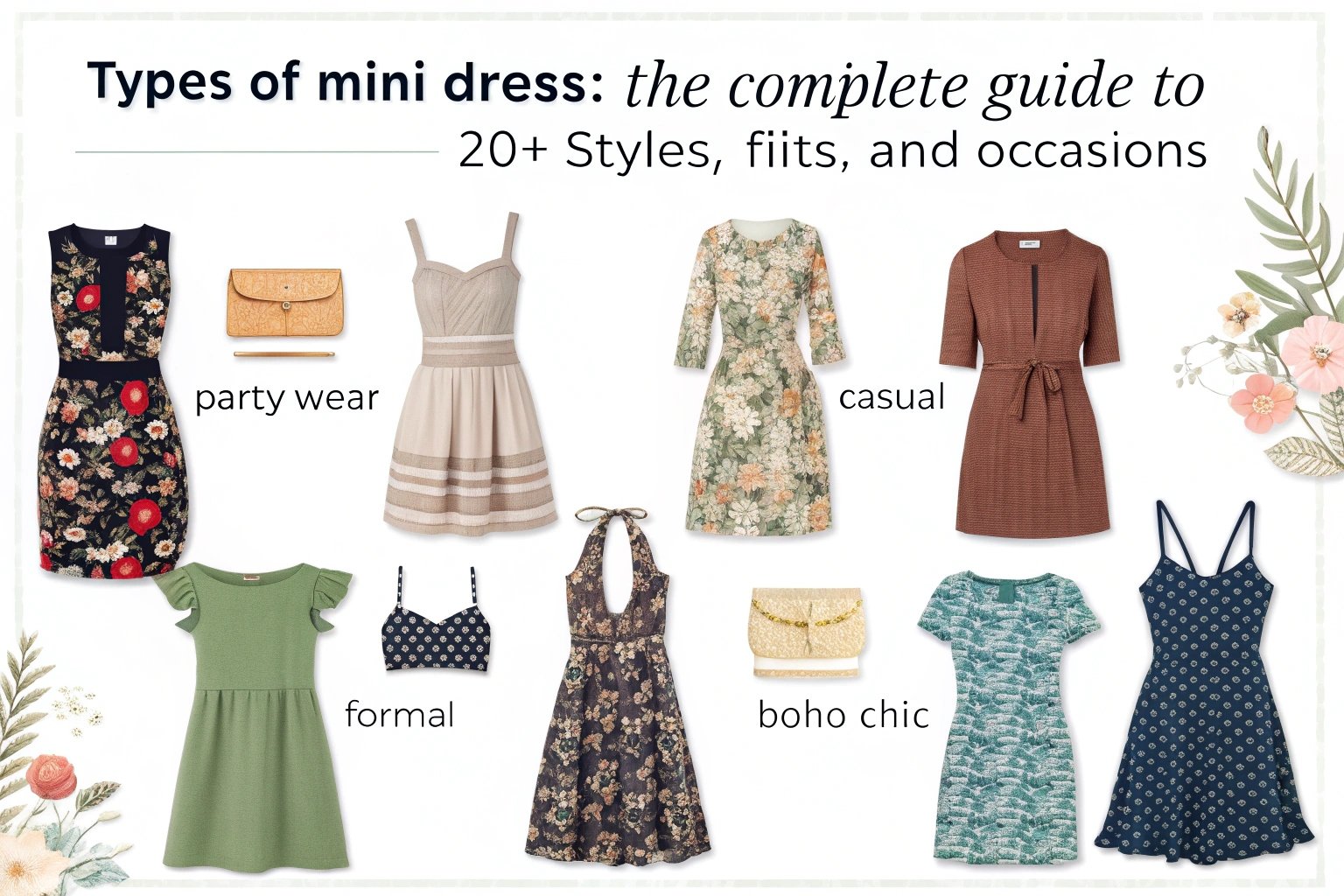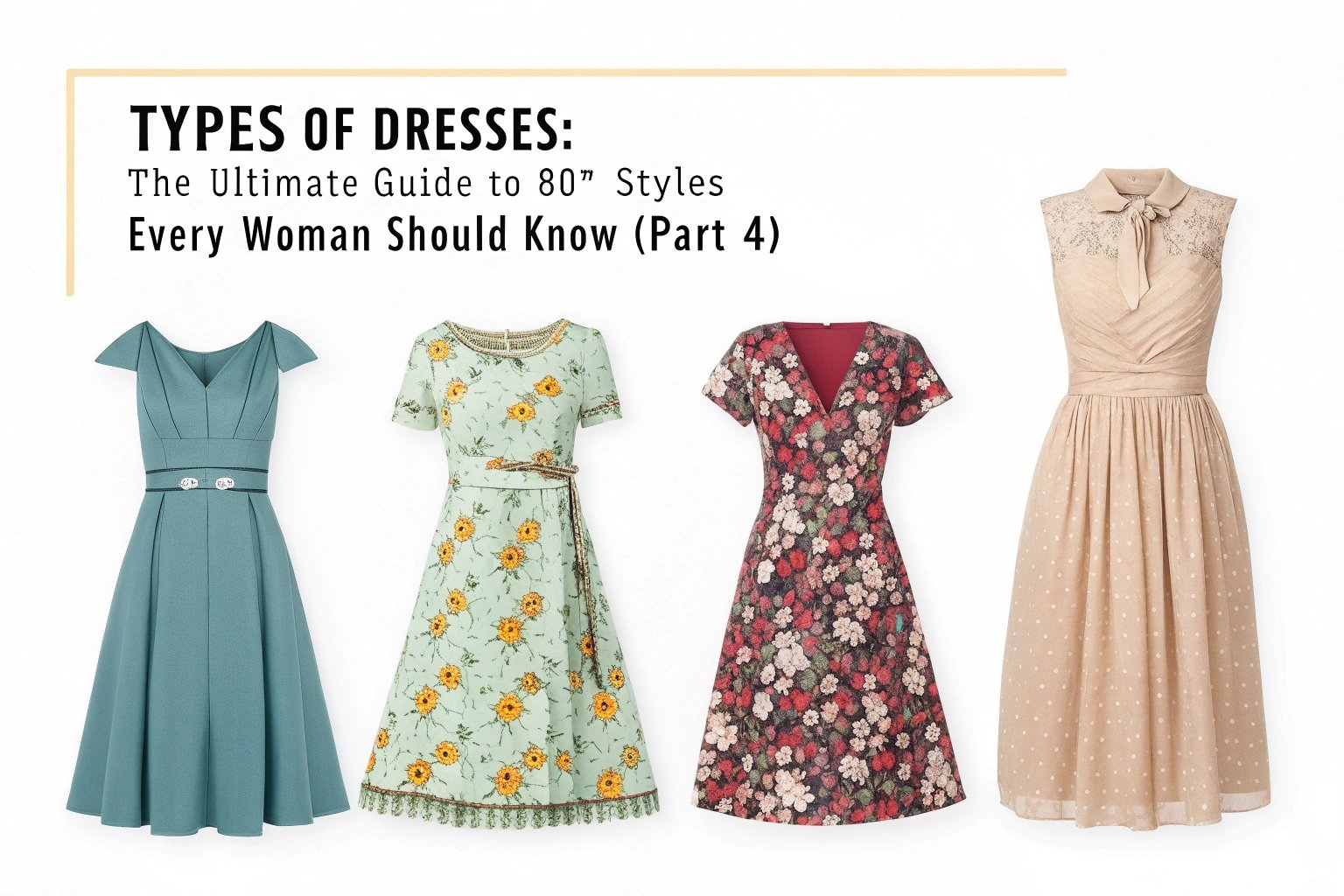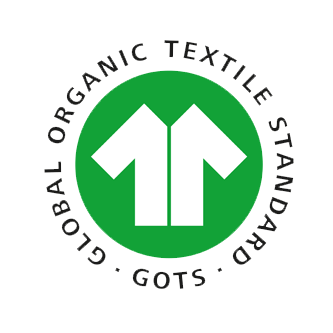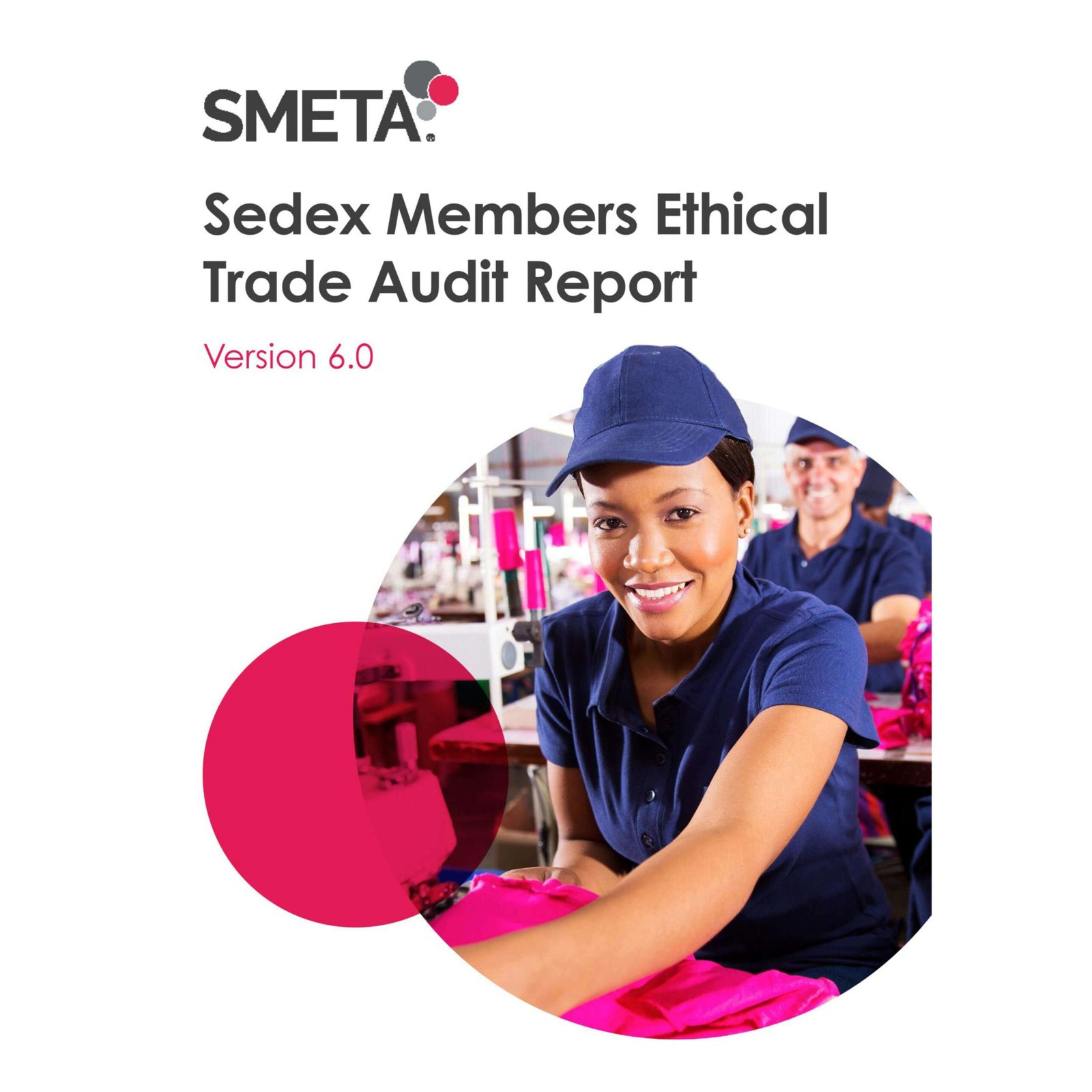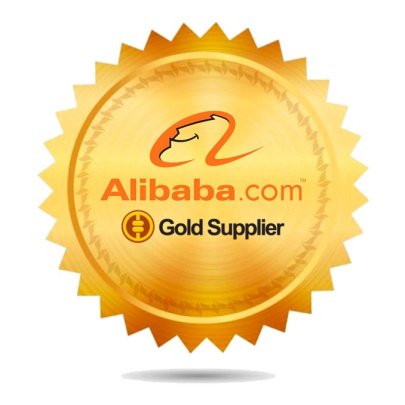Launching a custom clothing line is one of the most exciting—and challenging—ways to break into the fashion industry. With the right vendors and clear planning, you can transform your creative vision into a successful brand. But where do you begin, and how do you choose the best partners for your journey?
Starting a custom clothing line begins with defining your brand, finding reliable custom clothing vendors, and developing unique designs. Careful budgeting, smart marketing, and strong vendor relationships are the keys to long-term success.
Let me show you, step by step, how to turn your ideas into a real brand and make the most of working with custom clothing vendors1.
What Are the First Steps to Launching a Custom Clothing Line?
Every successful clothing brand starts with a clear vision and a solid foundation.
 Garment Stitching Line
Garment Stitching Line
How Do You Define Your Brand Identity and Target Market?
Your brand identity is more than just a logo or a name—it’s your values, story, and the feeling you want customers to associate with your clothing. Start by answering these questions:
- What problem does my clothing line solve?
- Who is my ideal customer (age, lifestyle, style preferences)?
- What values and aesthetics set my brand apart?
Defining your target market helps guide every decision—from fabric choices to marketing strategies. Brands with a clear identity are more memorable and connect better with their audience.
What Type of Custom Clothing Line Should You Create (Streetwear, Activewear, Luxury)?
Narrow down your focus:
- Streetwear: Urban, youth-focused, trend-driven designs.
- Activewear: Functional fabrics, performance-driven cuts, athleisure vibes.
- Luxury: Premium materials, detailed construction, higher price points.
Choosing a category helps you identify which vendors, fabrics, and marketing channels you’ll need. It’s easier to stand out when your line has a specific focus.
How Do You Find the Right Custom Clothing Vendors?
Choosing the right vendor is the most crucial step for your custom line.
What Qualities Should You Look for in a Reliable Custom Clothing Vendor?
A good custom clothing vendor will have:
- Experience with your product category and fabric types.
- The ability to handle your desired MOQ (Minimum Order Quantity).
- Proven quality control and sample approval processes.
- Transparent pricing, lead times, and communication.
Vendors who are flexible, responsive, and invested in your project make collaboration smoother—especially when you’re launching something new.
How Do You Research and Evaluate Vendors for Quality and MOQs?
Here’s how I research and vet vendors:
- Request product samples and examine their stitching, fabric, and finishing.
- Ask for a portfolio2 or photos of similar projects.
- Check client reviews3 or ask for references from other brands.
- Compare MOQ requirements and see which vendor aligns with your budget and goals.
You can find custom clothing vendors through:
- Alibaba, Made-in-China, and other B2B platforms
- Industry trade shows
- Recommendations from other designers or sourcing agents

How Do You Design and Develop Your Custom Clothing Line?
Your designs are the heart of your brand, but they also need to be practical for manufacturing.
How Can You Create Unique Designs That Represent Your Brand?
Start with a clear vision for each collection. I suggest:
- Sketching designs or hiring a designer to create technical drawings (tech packs).
- Researching trends but adding your unique twist.
- Thinking about fit, comfort, and customer feedback from early samples.
Don’t be afraid to experiment, but always keep your target customer in mind.
What Role Do Custom Clothing Vendors Play in Prototyping and Sample Creation?
Custom clothing vendors are your partners in turning ideas into reality. They help by:
- Reviewing your tech packs and making suggestions for better manufacturability.
- Creating samples and prototypes for fit and quality approval.
- Recommending fabric alternatives or adjustments to save cost without sacrificing quality.
Great vendors act as consultants during sampling—helping you troubleshoot issues before you commit to bulk production.
What Are the Costs Involved in Starting a Custom Clothing Line?
Budgeting is essential for a smooth launch.
How Much Should You Budget for Working with Custom Clothing Vendors?
Your main costs with custom vendors include:
- Sample development ($50–$200+ per style, depending on complexity and materials)
- Bulk production (unit cost × MOQ)
- Shipping and import duties (if sourcing overseas)
Here’s a simple cost table to illustrate:
| Expense Category | Typical Cost Range |
|---|---|
| Sampling/Prototyping | $50–$200 per style |
| Bulk Production | $8–$30 per unit |
| Shipping/Import | $300–$2,000 per shipment |
*Numbers may vary by region and design complexity.
What Additional Costs Should You Consider for Branding and Marketing?
Beyond manufacturing, don’t forget:
- Branding (logo design, labels, packaging): $500–$2,000+
- Website & e-commerce setup: $500–$3,000+ (DIY or agency)
- Photography and content creation: $200–$2,000+
- Marketing (ads, social media4, influencer outreach): Varies widely, but allocate at least $500–$1,000 for your initial launch.
Planning for these costs up front helps you avoid cash flow surprises.
How Do You Market and Sell Your Custom Clothing Line?
A good product needs great marketing to reach the right customers.
How Can Social Media and Influencer Marketing Boost Your Brand Visibility?
- Build a presence on Instagram, TikTok, and Pinterest with engaging photos and videos.
- Partner with influencers in your niche—send them samples for honest reviews or collabs.
- Run giveaways or early access events to create buzz before launch.
- Share your story: behind-the-scenes, design process, and real customer testimonials.
Strong social proof helps build trust and excitement around your custom line.
What E-Commerce Platforms Are Best for Selling Custom Clothing?
Top choices for new brands include:
- Shopify: Easy to set up, scalable, and ideal for apparel brands.
- Etsy: Great for small, niche, or handmade apparel.
- BigCommerce, Wix, or Squarespace: Good alternatives for simple stores.
- Amazon: For brands ready to scale or reach a global audience.
Choose the platform that fits your technical comfort and long-term goals.

How Can You Scale Your Custom Clothing Brand Successfully?
Once your line is launched, scaling means growing your collection, customer base, and vendor relationships.
How Do You Expand Your Product Line and Reach More Customers?
- Analyze sales and customer feedback to identify bestsellers and gaps.
- Launch limited-edition collections5 or seasonal drops to keep your brand fresh.
- Explore new product categories (e.g., accessories, womenswear, activewear).
- Expand marketing—try paid ads, pop-up shops, or partnerships with other brands.
Scaling smart means growing step by step—don’t overextend too quickly.
Why Is Building Long-Term Relationships with Custom Clothing Vendors Important?
A strong vendor relationship pays off with:
- Preferential pricing and flexible MOQs as your volume grows
- Faster problem-solving if production issues arise
- Consistent quality and smoother communication
Many successful brands work with the same core vendors for years—this trust and understanding is invaluable for both sides.
Conclusion
Starting a custom clothing line is challenging, but with the right preparation, reliable vendors, and a focus on quality and branding, you can build a unique and successful brand. Take your time finding partners who share your vision, invest in design and marketing, and always keep your customers at the center of every decision.
-
Learn how to choose reliable vendors that can help bring your clothing vision to life. ↩
-
A strong portfolio showcases a vendor’s capabilities and helps you make informed decisions. ↩
-
Client reviews provide valuable insights into a vendor’s reliability and quality. ↩
-
Social media is a powerful tool for increasing brand awareness and connecting with customers. ↩
-
Limited editions create urgency and exclusivity, driving sales and customer interest. ↩


